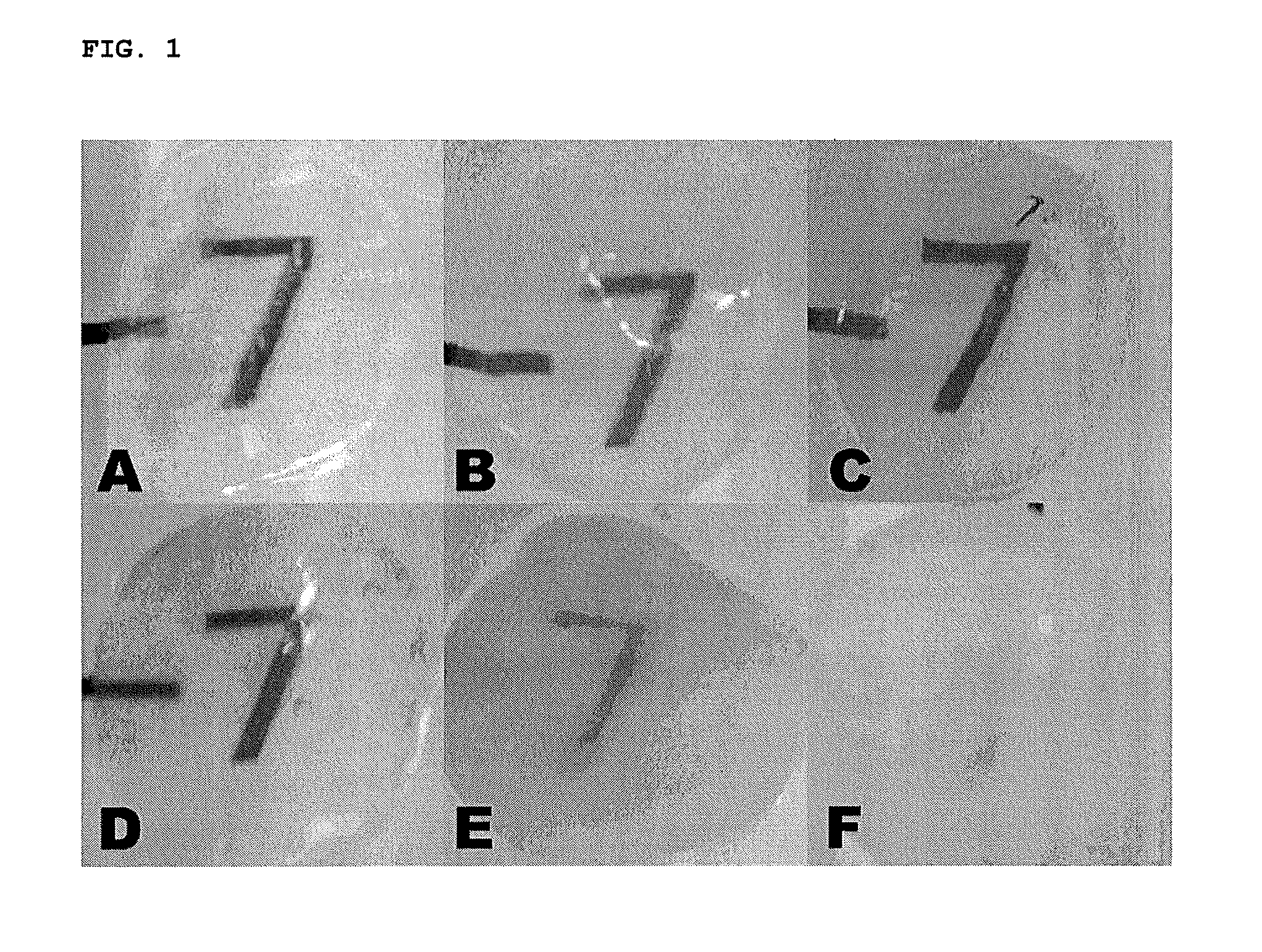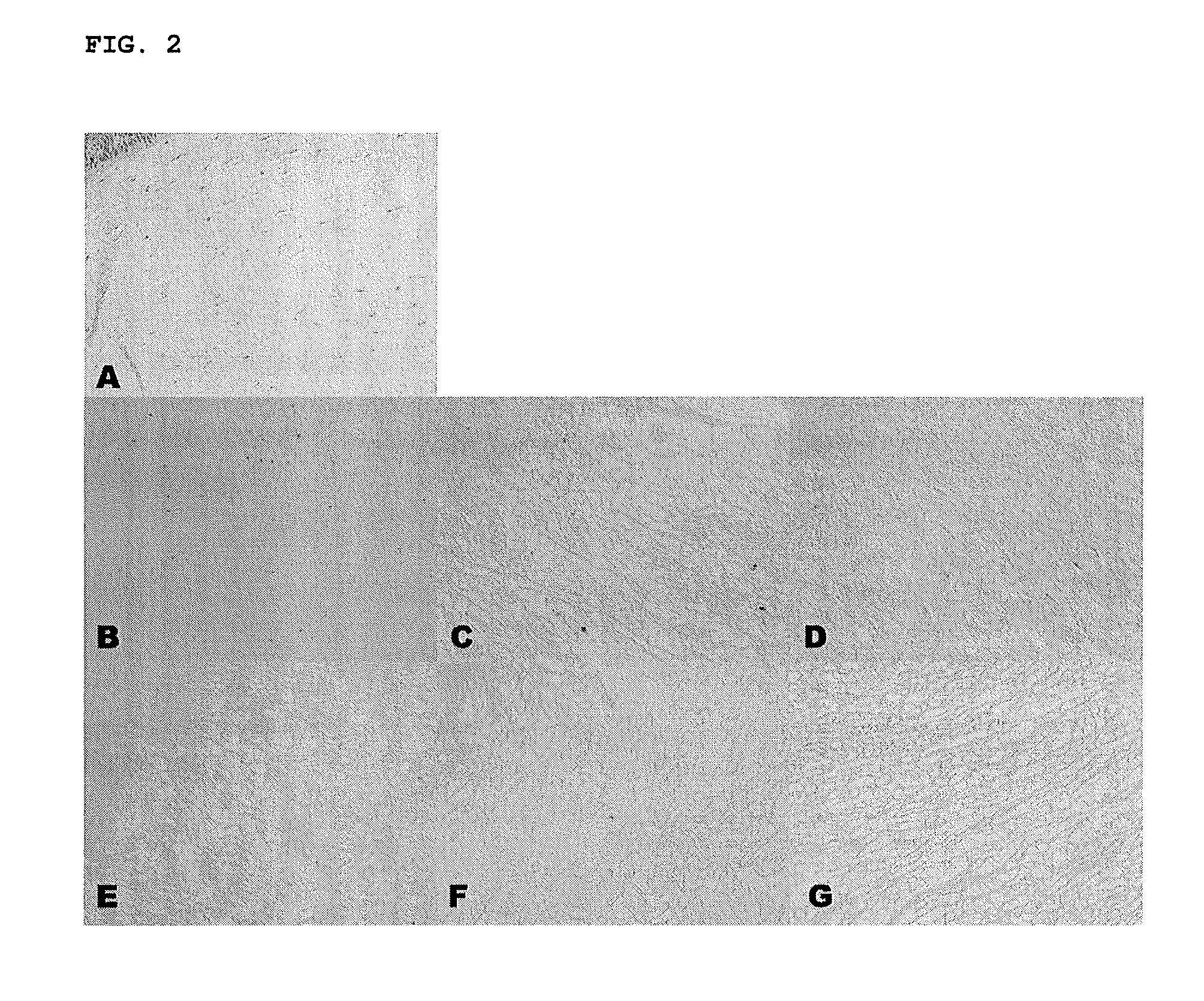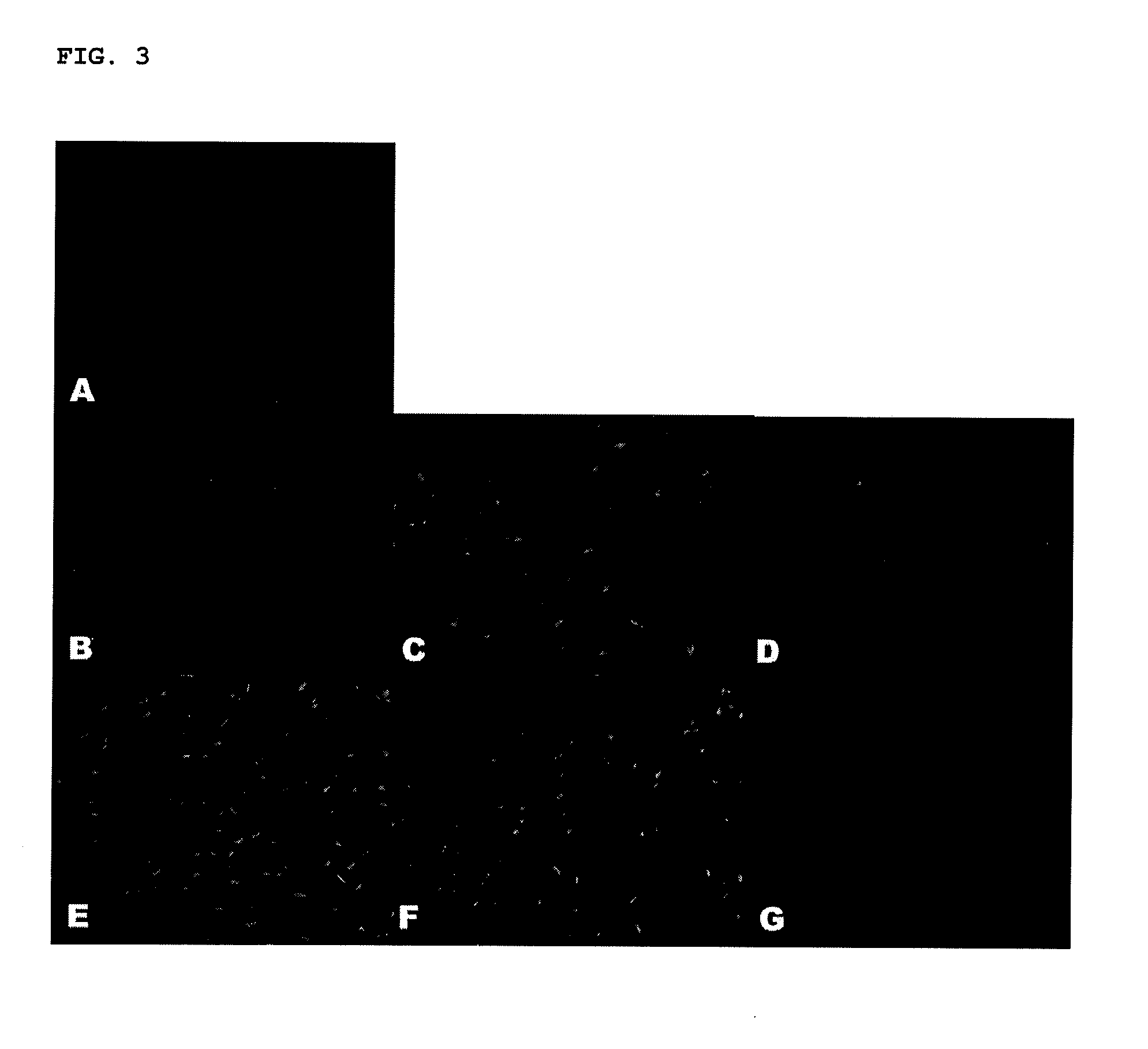Method for processing porcine cornea for decellularization
a decellularization and porcine cornea technology, applied in the field of porcine cornea decellularization, can solve the problems of corneal loss, vision loss, and the inability to regenerate the bowman's membrane, and achieve the effects of minimizing immune responses, efficient processing of corneas, and maintaining corneal transparency
- Summary
- Abstract
- Description
- Claims
- Application Information
AI Technical Summary
Benefits of technology
Problems solved by technology
Method used
Image
Examples
experimental example 1
Ex Vivo Evaluation of the Corneal Stroma Decellularized in Accordance with the Method Set Forth in Table 1 Above
[0053]1. Macroscopic Analysis
[0054]Macro-analysis revealed that the corneas for the control group, freezing group, 3-times freezing-thawing group, hypertonic saline-treated group, and hyperosmolar glycerol-treated group remained transparent, whereas the corneas for trypsin / Dispase / SDS-treated group and DNase / RNase-treated group became opaque (FIG. 1).
[0055]2. Microscopic Analysis
[0056]First, the porcine cornea for each group was sectioned and stained with a hematoxylin and eosin (H&E) staining method. Then, the H&E-stained slices were observed under an optical microscope (Olympus Optical Co. Ltd., Tokyo, Japan).
[0057]The H&E-stained 3-times freezing-thawing group, hypertonic saline group, hyperosmolar glycerol group and trypsin / dispase / SDS group had almost no cells. On the other hand, the control group and the freezing group had many nuclei throughout the corneal stroma (F...
experimental example 2
Identification of In Vivo Efficiency of Decellularized Corneal Stroma on Xenograft Model
[0067]1. Evaluation for Clinical Course of Corneal Xenograft
[0068]A 2-3 kg adult New Zealand white rabbit (Orient Bio Inc., Seoungnam, Korea) was used as a recipient animal for keratoplasty in the present experimental Example 2. The rabbit was anesthetized by intramuscularly administering 10 mg / kg zolazepam (Zoletil®, Yuhan Corp., Seoul, Korea) and 6.8 mg / kg xylazine hydrochloride (Rompun®, Bayer, Frankfurt, Germany).
[0069]For graft of porcine corneas, a 250 μm-thick anterior lamellar graft of the porcine cornea was marked with an 8.0 mm-diameter trephine and manually detached with a crescent knife (Alcon Surgical, Fort Worth, Tex., USA). The anterior lamellar grafts of the porcine cornea (N=7 for each group) were sutured with eight stitches into the recipient cornea of the rabbit by interrupted suture using a 10-0 nylon suture (Ethicon, Somerville, N.J., USA). At one week, all sutures were remov...
PUM
 Login to View More
Login to View More Abstract
Description
Claims
Application Information
 Login to View More
Login to View More - R&D
- Intellectual Property
- Life Sciences
- Materials
- Tech Scout
- Unparalleled Data Quality
- Higher Quality Content
- 60% Fewer Hallucinations
Browse by: Latest US Patents, China's latest patents, Technical Efficacy Thesaurus, Application Domain, Technology Topic, Popular Technical Reports.
© 2025 PatSnap. All rights reserved.Legal|Privacy policy|Modern Slavery Act Transparency Statement|Sitemap|About US| Contact US: help@patsnap.com



